The Impacts of Fly Fishing Waste
Fly fishing is a beautiful sport. If you don’t agree with that sentiment, then you’ve never gotten to the river in time to watch the morning mist curl away in motes of soft sunlight; or witnessed the warm red hues of towering canyon walls during a late-afternoon float; or watched a skilled fly fisherman gracefully casting... Or held a trout in your hands, for that matter.
But the mist curling through the willows loses a bit of its grandeur when a snarl of tippet and leader is hanging from the branches, and the adrenaline of handling a wriggling trout is tempered when there’s a hook and tippet pinned in the fish’s mouth that’s not yours.
We’re not trying to be preachy. Accidents happen. Fish break off. Line gets snarled in places that are too dangerous or hidden to reach. We’re all guilty of it and—hopefully—we can all take it on good faith that we’re doing our best to minimize our impact and dispose of our waste.
But why is plastic such a problem in the first place?
It makes for fantastic fishing line. Tough, durable, and hydrophobic (meaning water repellant), plastic fishing lines can be reused over and over again. Those same qualities, however, make them a rather poor addition to ecosystems. It can take up to six hundred years or more for some plastics to fully breakdown –which means that eyesore in the willow branches isn’t going anywhere on its own anytime soon. Keep in mind that this can also be an issue when curious (or unobservant) animals stick their noses in a long length of line and get tangled, injured, or trapped.
When plastics do breakdown through mechanical erosion or UV radiation, they create smaller particles called micro plastics. These particles are 5mm or smaller—or no bigger than a size 18 hook. Because these particulates repel water on a micro level, they also tend to be quite good at collecting organic contaminants that are also hydrophobic—serving as long-term repositories for some rather toxic substances. While the long-term impacts of such processes aren’t fully understood, it’s safe to say that micro plastics aren’t doing any favors for the bugs, fish, and birds who swallow them.
Some folks use biodegradable plastic options for that very reason. When these break down, they don’t create the same types of persistent micro plastics. That said, it still takes lines made from biodegradable materials anywhere from several months to years to breakdown, which doesn’t eliminate the eyesore or other risk factors to wildlife.
All that is to say, there’s any number of good reasons to collect fly fishing waste and dispose of it properly. But if not into the willow branches, where does that waste go? That’s the question today’s blog is really focused on, because there’re more answers than you may have previously realized.
What type of fly line can be recycled, and where?
Option one for your fly fishing waste is recycling. Why? Because it means less plastic going into landfills, which means fewer micro plastics leaching into the soil and groundwater. Also, it’s relatively easy if you live in the right places—so why not?
That said, it’s important to consider what sorts of fly fishing waste can actually be recycled. Both monofilament and fluorocarbon leaders and tippet are commonly recycled. When it comes to braided or fused lines that combine several different types of plastic polymers in one line (most fly lines, for instance), the recycling process becomes more complex. Though some companies are looking for economically viable options for recycling such lines, we’re still a ways out from widely available recycling programs for fly lines.
There’s also the matter of where to recycle your line. Unfortunately, fishing line can’t go in your everyday plastic recycling bins.
As we mentioned before, some places in the U.S. make it easy. You’ll find disposal units marked with that universal reduce, reuse, recycle insignia near boat ramps and fishing access sites. If you haven’t seen these convenient bins at your own fishing haunts, you can call up local fly shops, bait stores, or recycling centers to see if they accept fishing line of any sort. Giving a call to your state’s Fish and Wildlife Department can also be a great way to learn about any state-wide initiatives in place. Here's some examples of what to look for:

An example fly line recycling bin. ("Bonneville Lock and Dam" by PortlandCorps; licensed under CC BY 2.0.)

A dockside fly line collection bin in Florida. ("Flamingo Boat Dock & Fishing Line Recycling Bin" by Everglades National Park Service)
If all else fails and you’re willing to put in a bit of extra effort, there are also mail-in programs through various conservation organizations. The BoatUS Foundation, for instance, has an ongoing partnership with Berkley to recycle monofilament and fluorocarbon lines. You can mail your waste directly to the Berkley recycling center at the following address:
Berkley Recycling Center
1900 18th Street
Spirit Lake, Iowa 51360
You can also visit the BoatUS Foundation website to learn how to make a low-cost collection bin that can be installed at your local fishing access sites.
How to recycle your fly line:
Getting your line to the right place is a great first step, but there’s a few simple steps you can take to ensure the recycling process goes smoothly.
First, you’ll need to de-snarl the snarl. That means removing hooks, weights, swivels, etc. (this is also good for your pocket book) along with any organic debris that’s still clinging to the line. The facilities where your discarded fishing waste gets recycled are designed to handle plastics; metals, organic materials, and other non-plastic substances can ruin entire batches of recycled plastic if they’re not caught, which in turn causes the plant to lose money.
Part two of de-snarling involves cutting up your leader and/or tippet into smaller pieces (if they aren’t already). Somewhere between 4 and 6 inches seems to be the golden number. Bundling these pieces together with a simple knot will make handling the line at the recycling center a more efficient process.
Then, you simply need to drop the line in a designated container or mail it off. When the recycling center receives your line, it’ll be shredded and melted down into plastic pellets that can then be repurposed for other plastic products.
What if recycling your fly line isn’t an option?
There are several answers to that question. Sometimes, whether out of convenience or necessity, we’ll end up throwing it into the garbage can. We’re not going to sit here and say “tut-tut”—we toss our fair share of tippet scraps into the trash can. If you can spare a moment, however, consider chopping up any larger snarls of line (especially an entire fly line) into smaller pieces, just as you would for recycling. This will prevent any inadvertent wildlife entanglement.
But tossing your fly line isn’t the only option. As we mentioned before, plastic fly line is tough and durable, and those qualities can make for some great non-fly fishing applications.
Use it around the house in small ways, like fixing blinds, hanging picture frames, creating garden ties, etc. Fishing line could also easily be incorporated into any number of arts and crafts to keep the kids busy on a rainy day: necklaces, bracelets, scrapbooking, painting, gift wrapping or something else entirely. Finally, you can also repurpose some of that waste to make your own flies—which we find is a great way to unwind and save a little money.
Is Montana Casting Co. Eco-friendly?
While we don’t have any partnerships with recycling centers, we try our best to be environmentally friendly. Our fly line spools are made from biodegradable plastic, our fly reel packaging is 100% recyclable cardboard, and we’re proud to offer products like Sea Threads Hoodies that put a creative spin on recycling plastic and help remove waste from our oceans.
We also believe that one of the best ways to help protect the environment is to care for your gear. Keeping your fly rod, reel, and line clean and properly stored between fishing trips will help extend the lifetime (and fun) to be had from all of your fishing equipment. Read our blog on how to care for your fly fishing rod.
Questions? Comments? Give us a shout below!


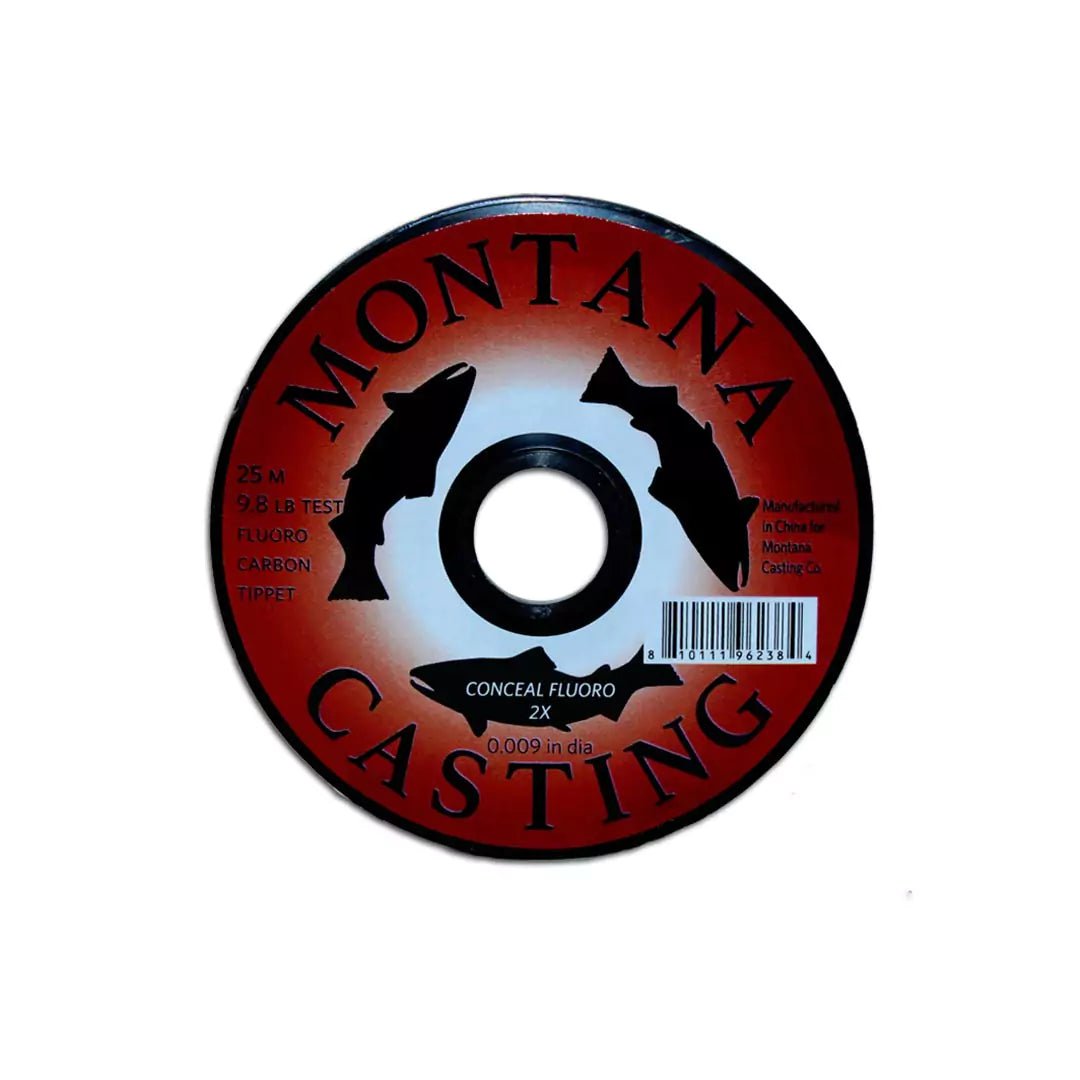
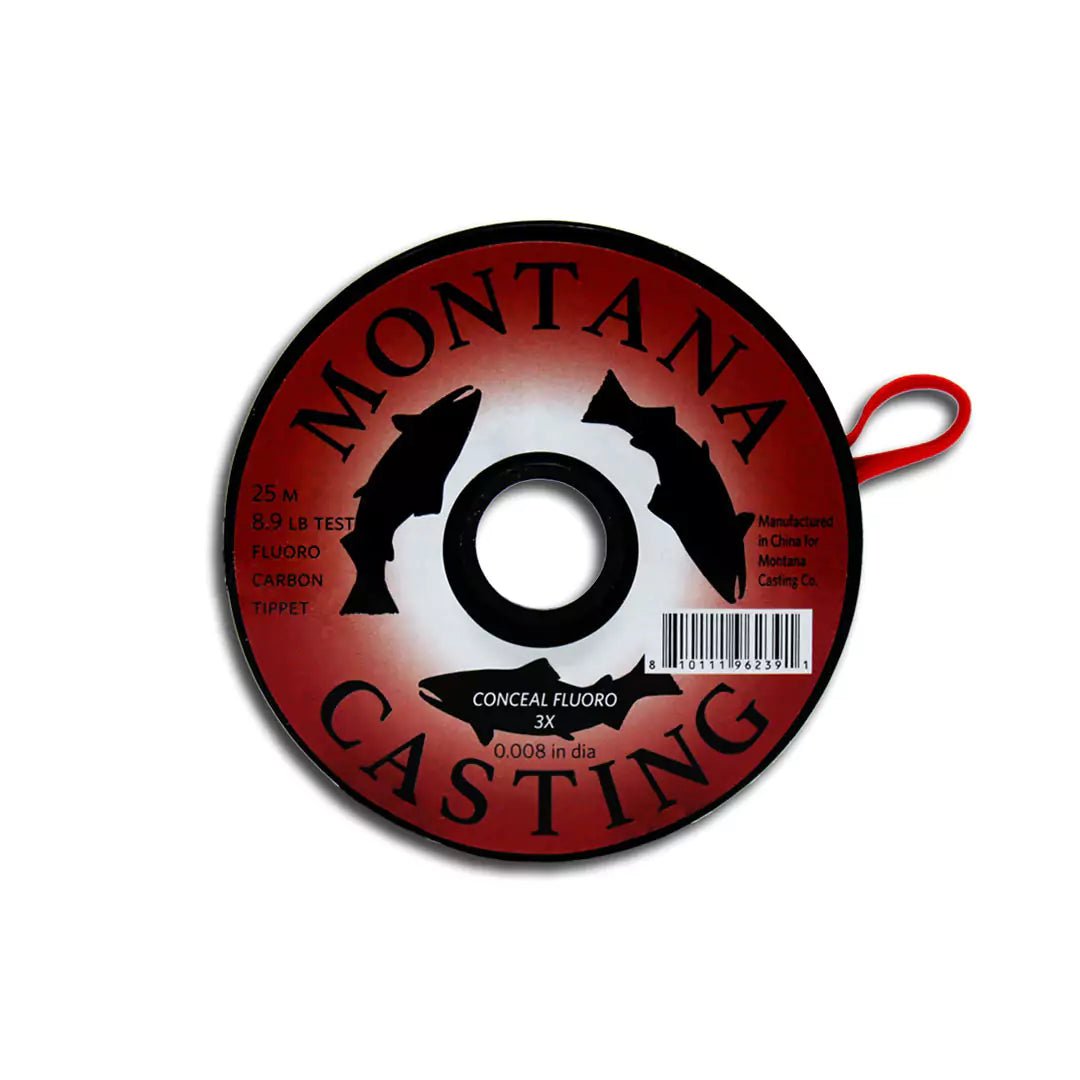
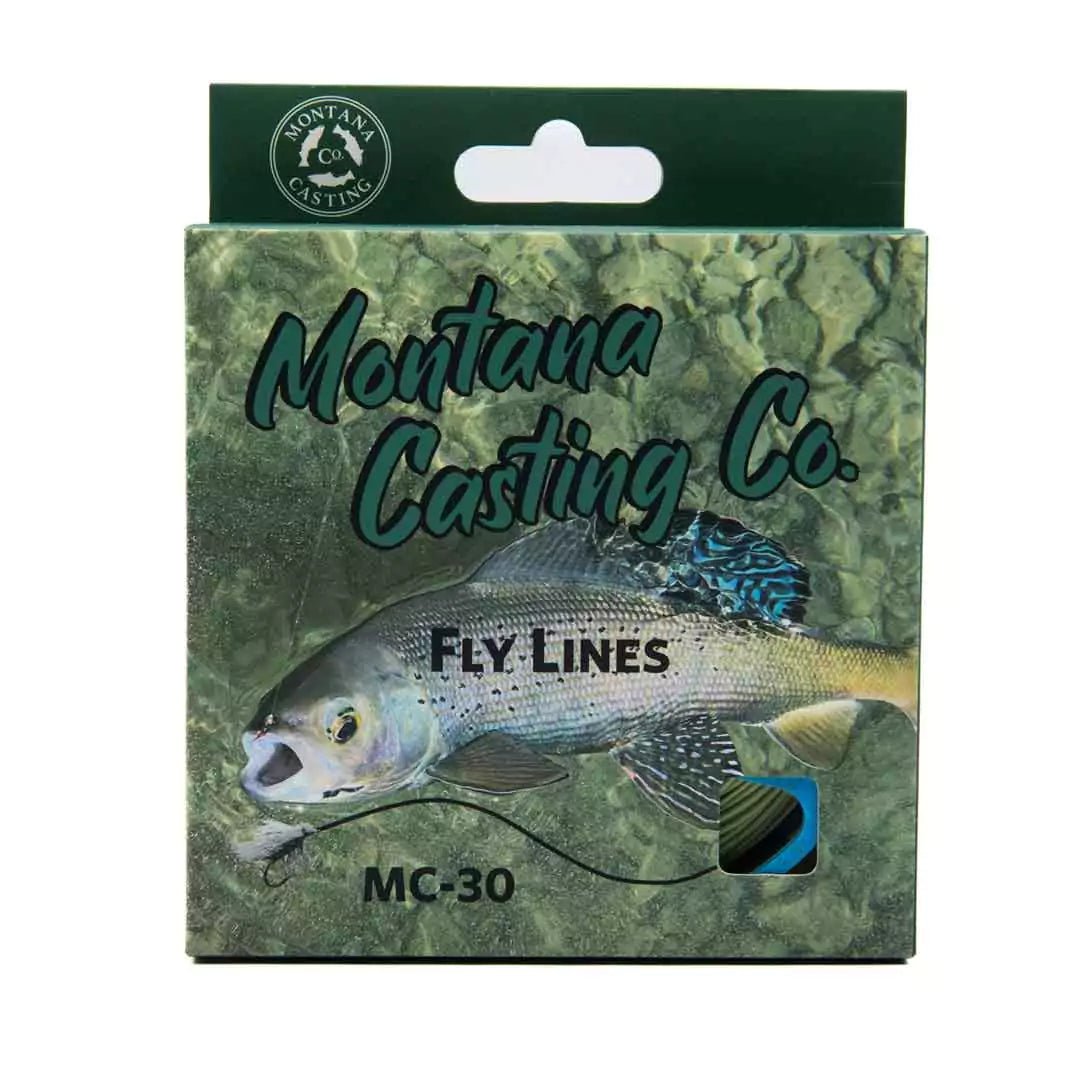

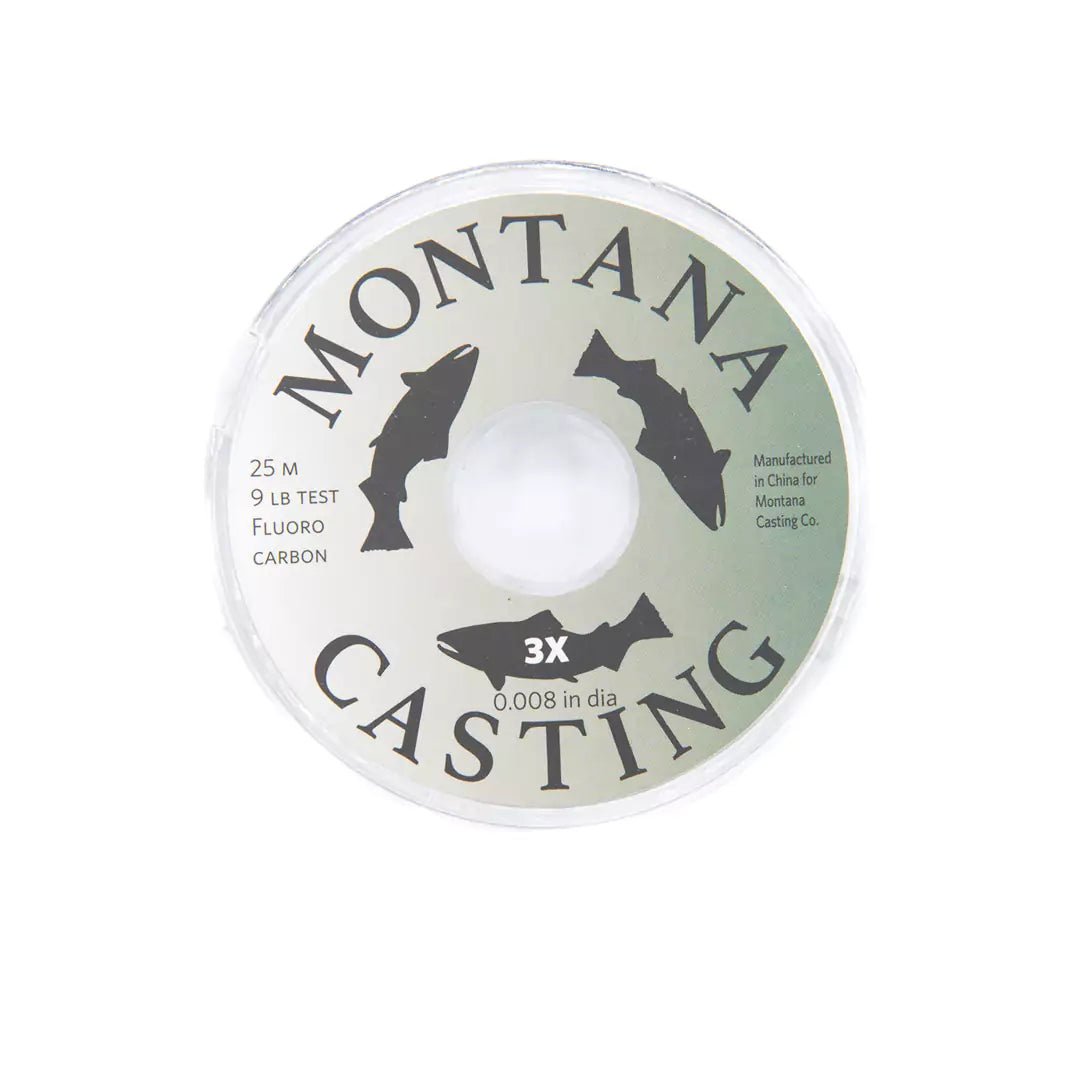
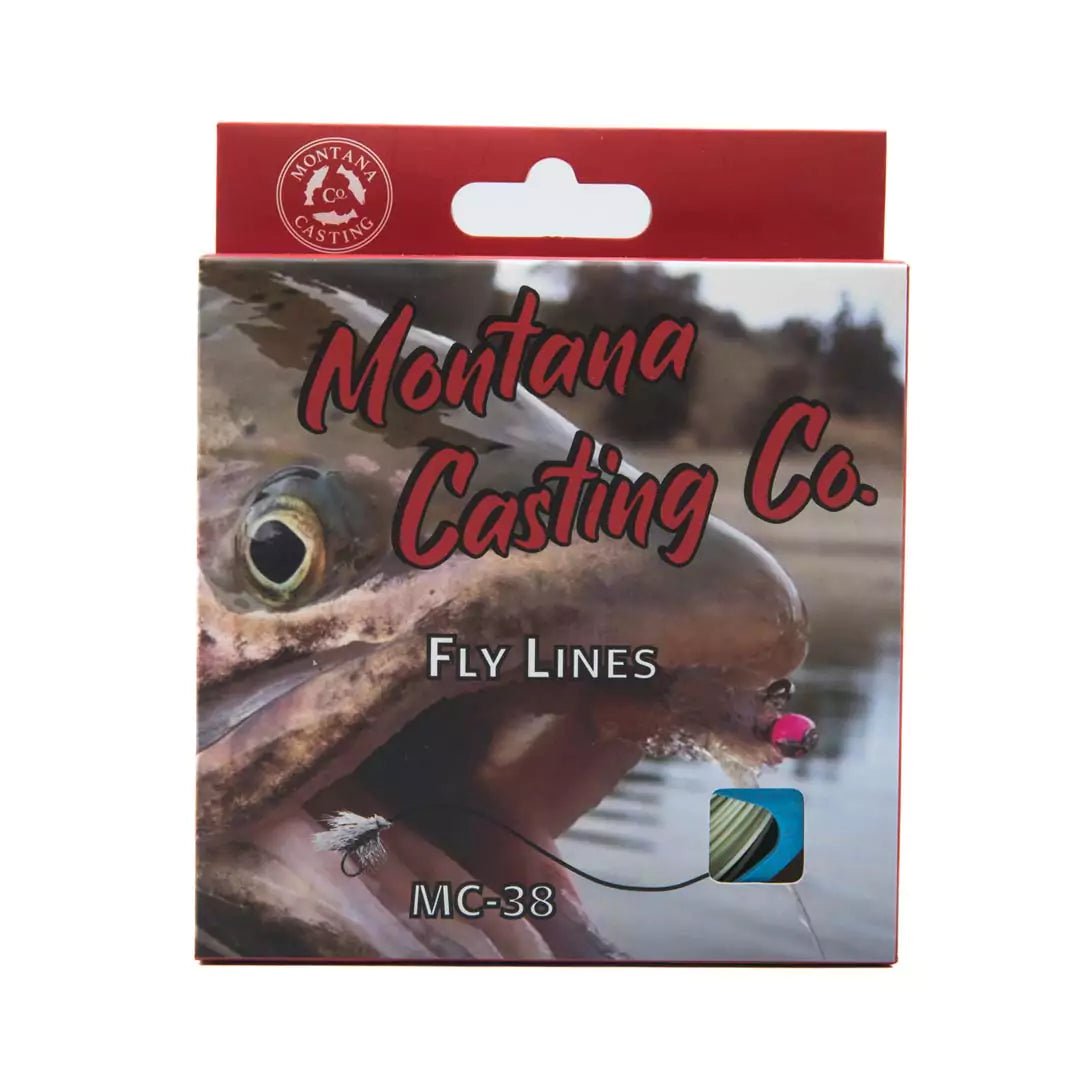
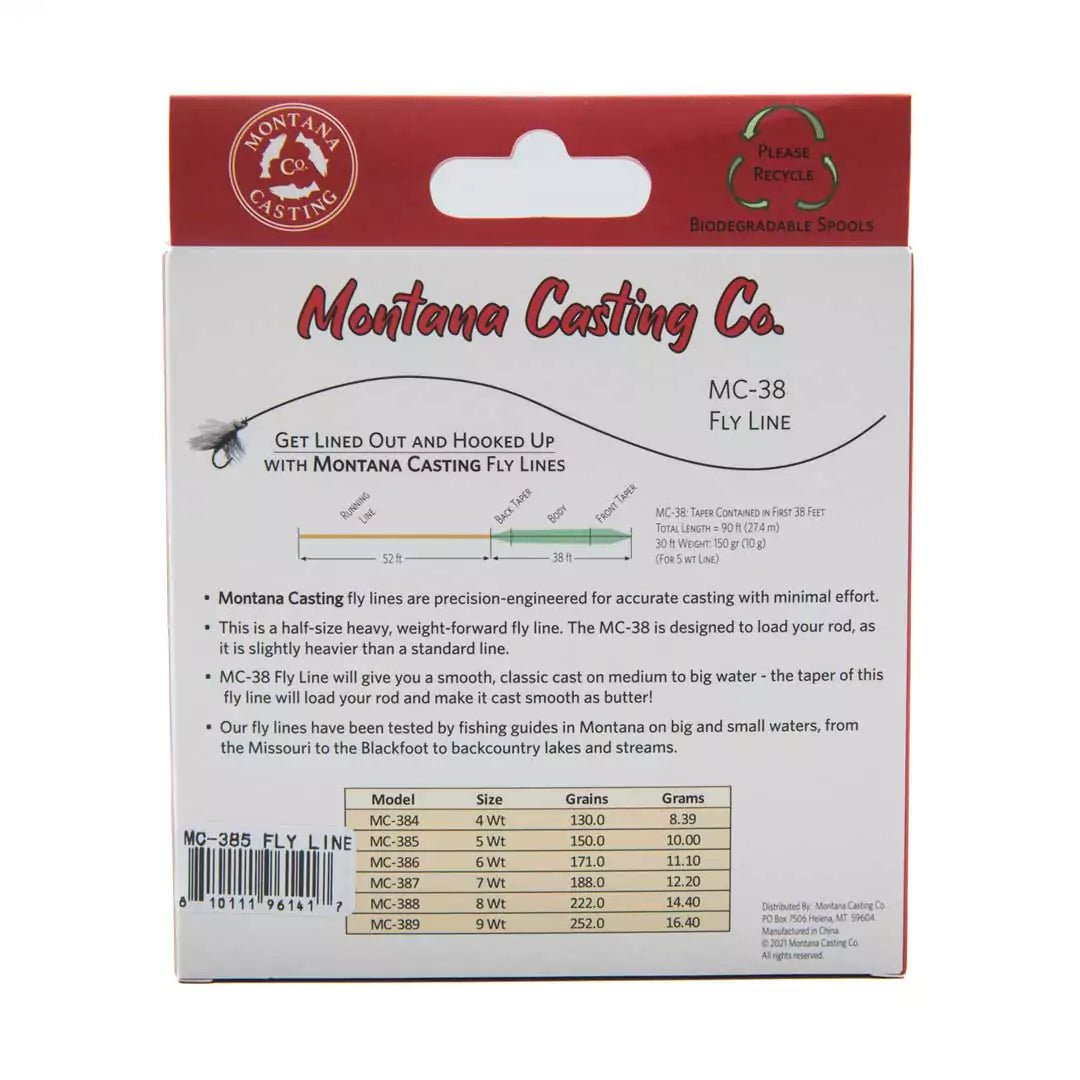
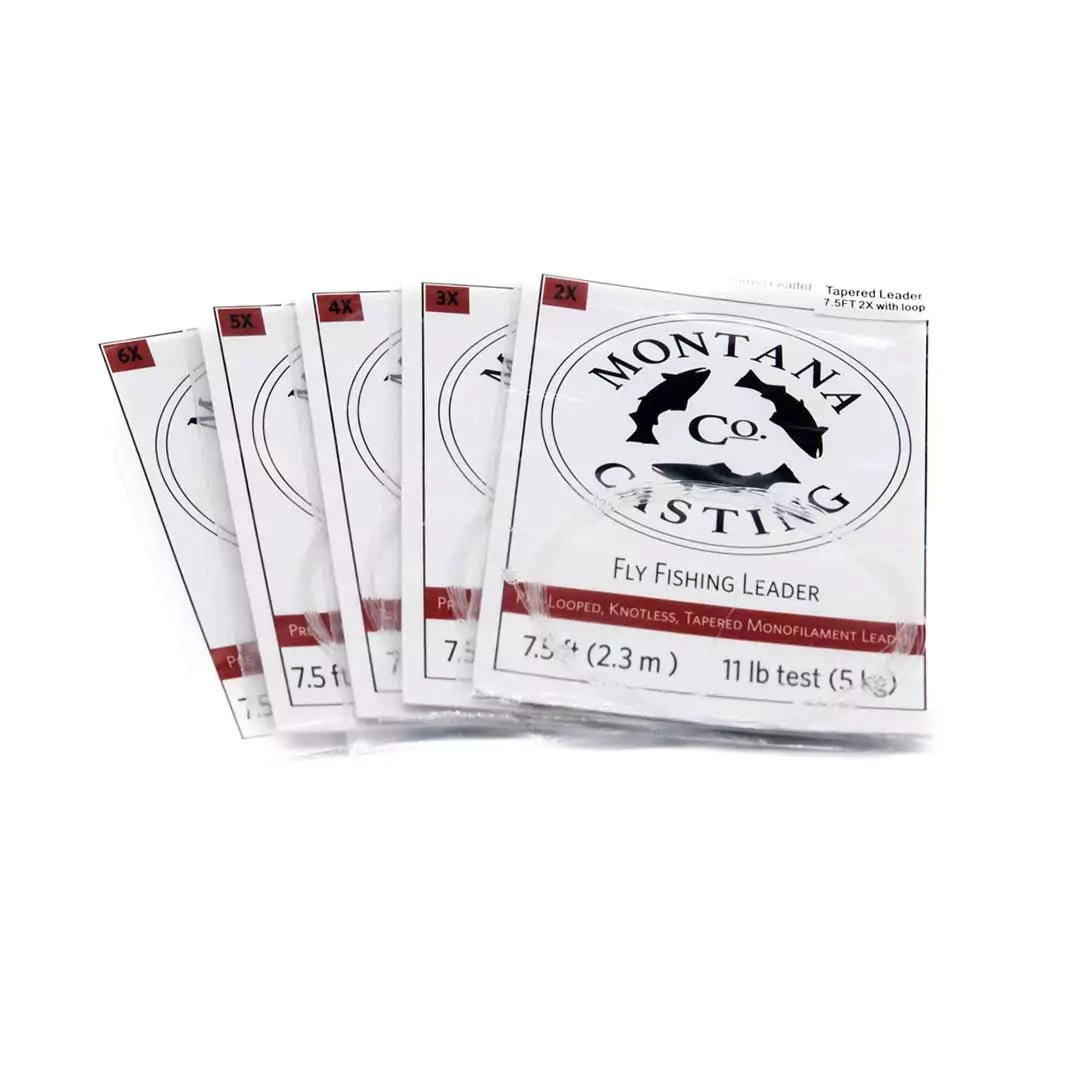
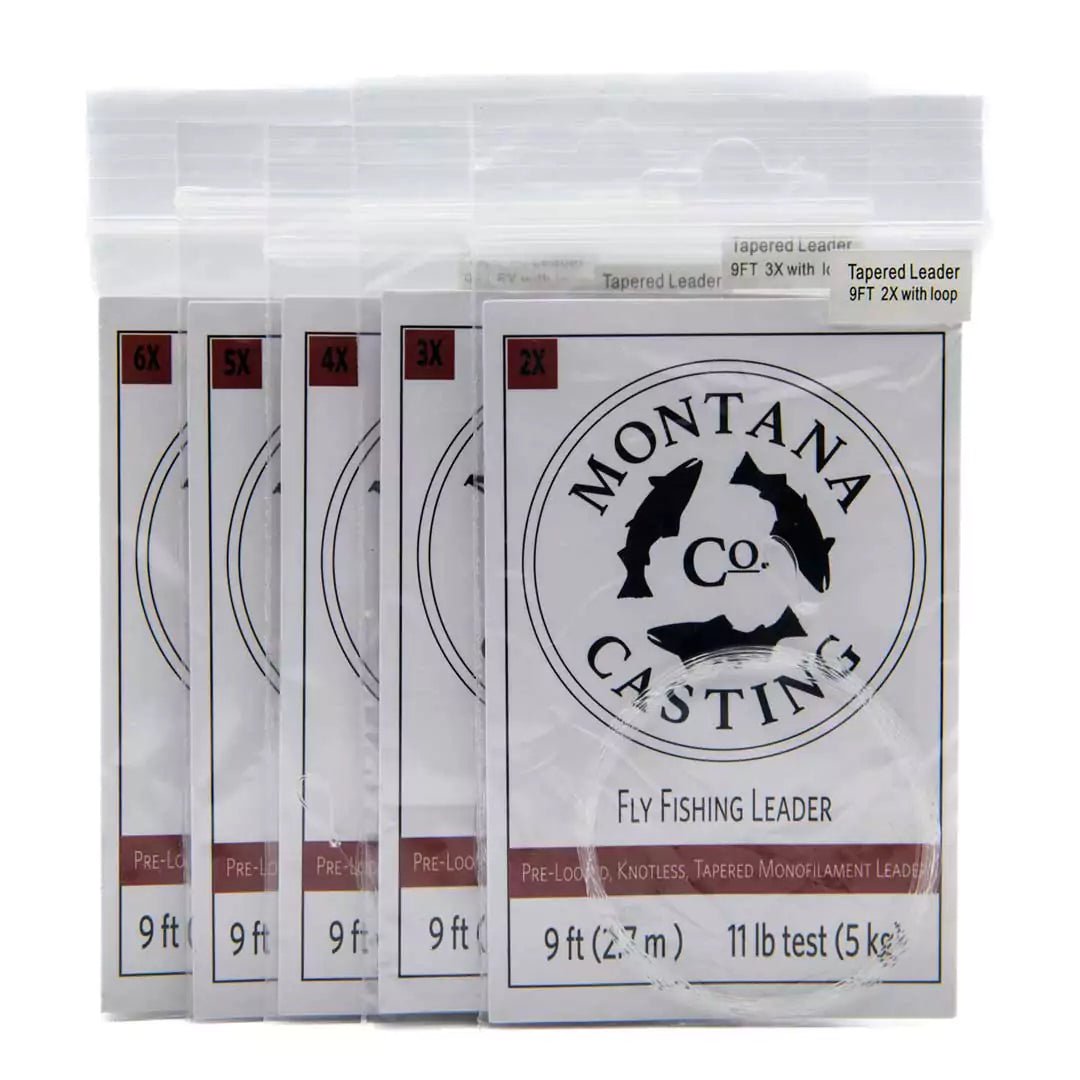
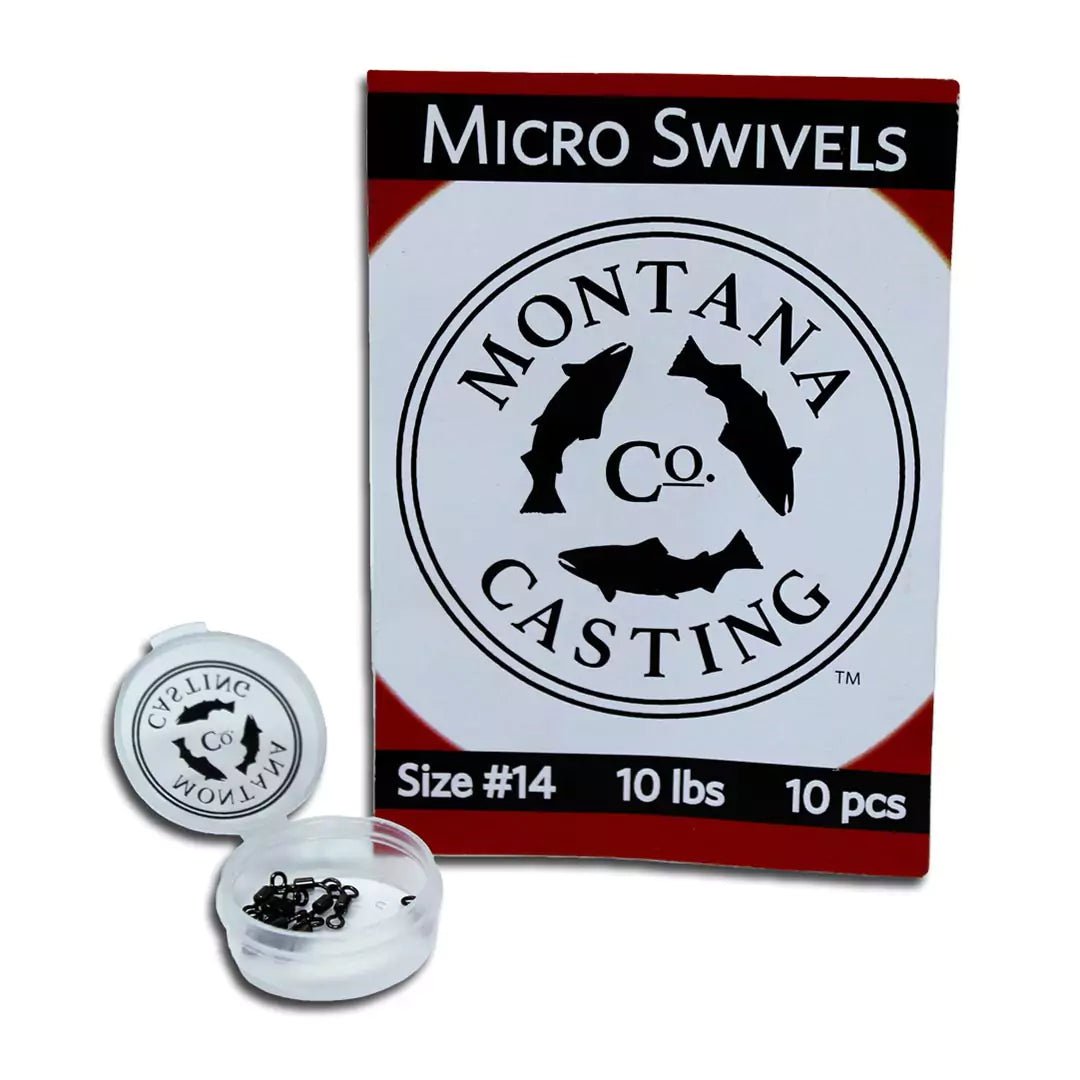
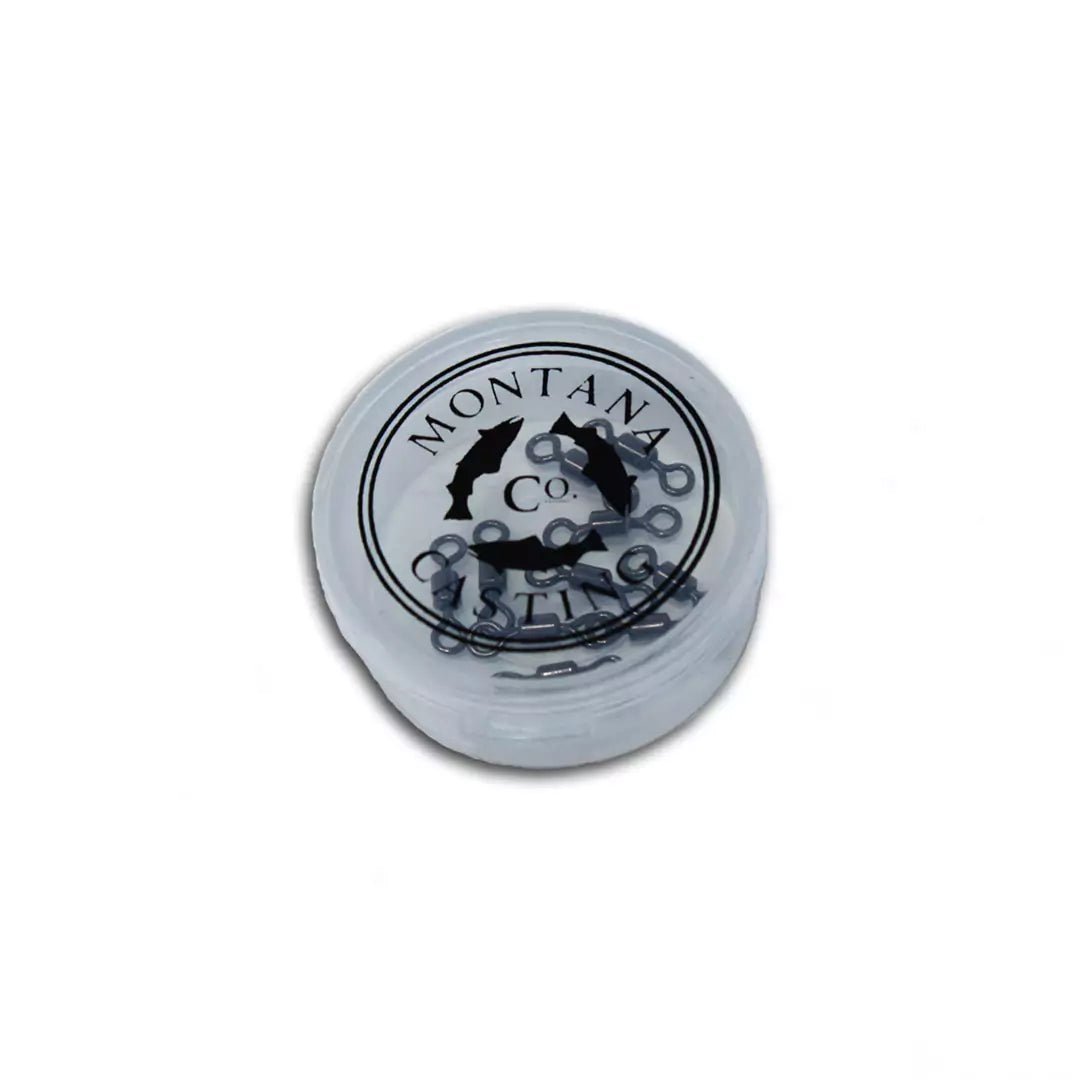
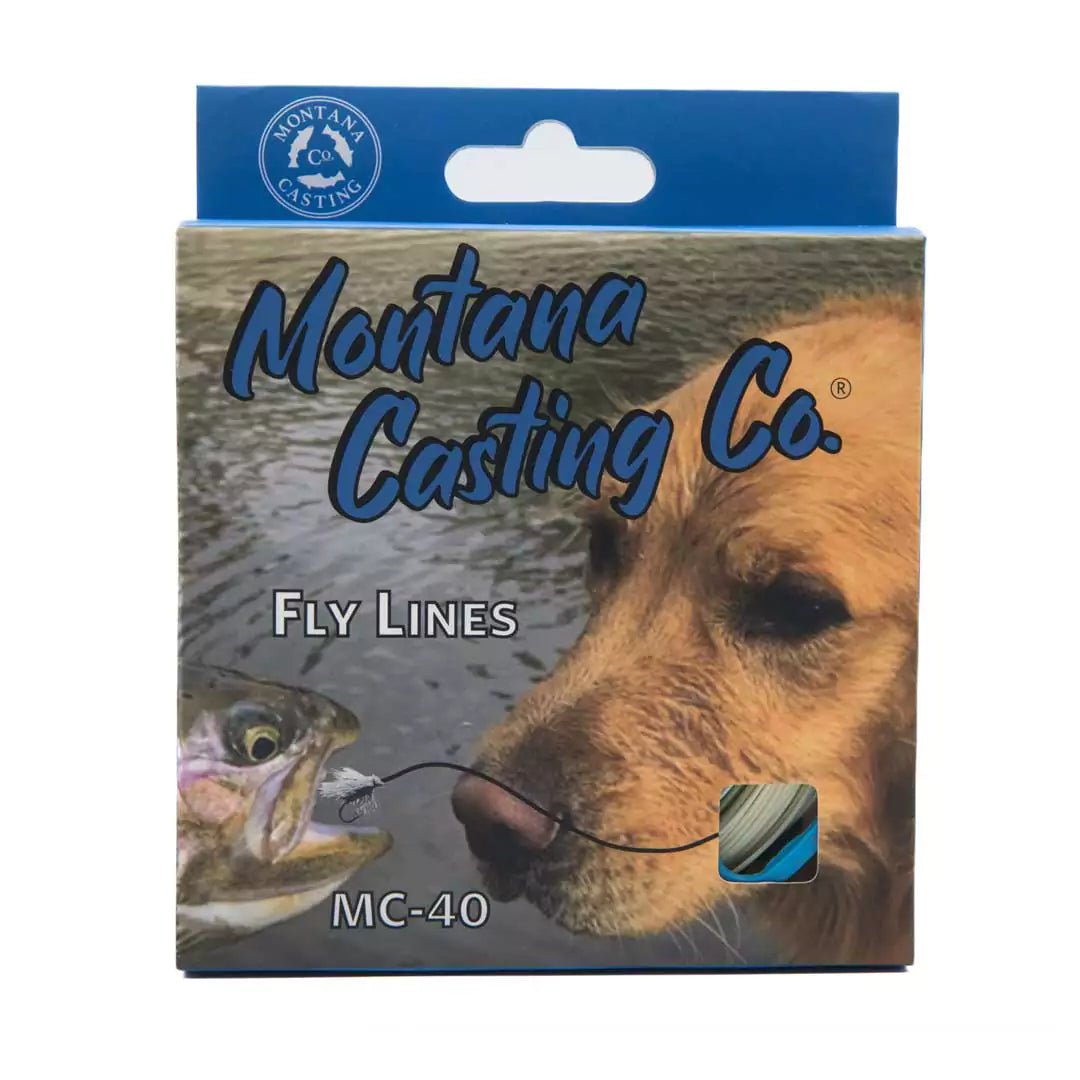
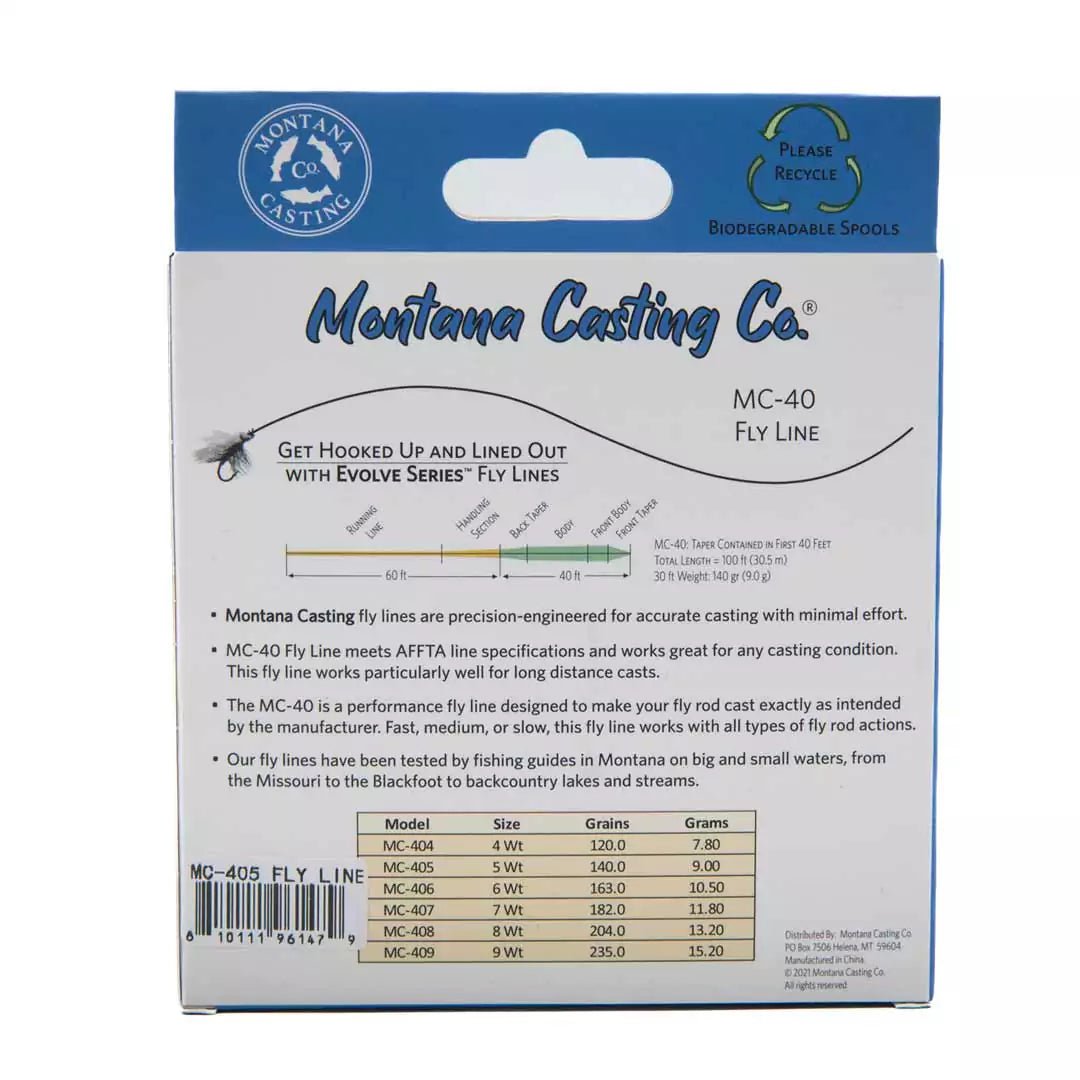
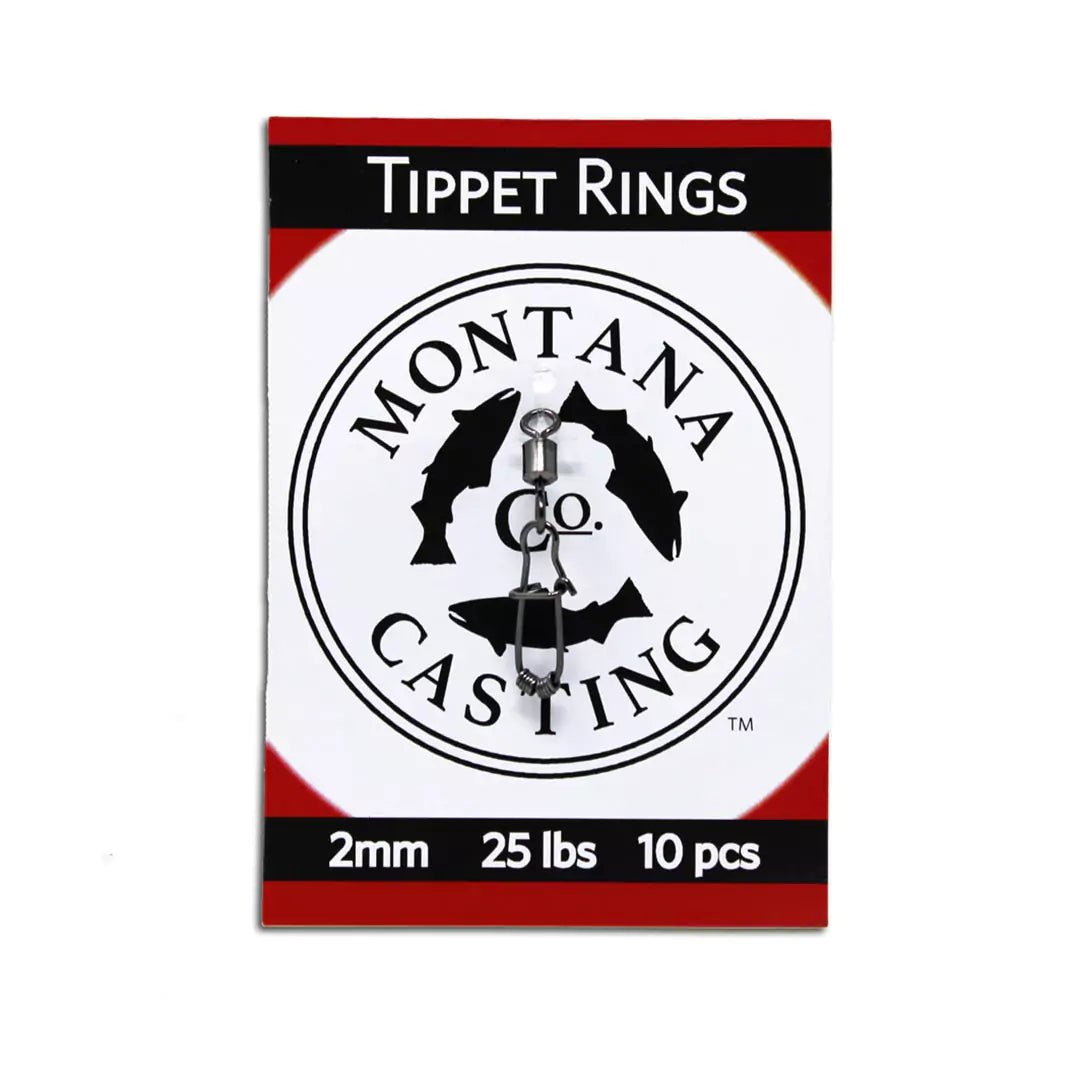
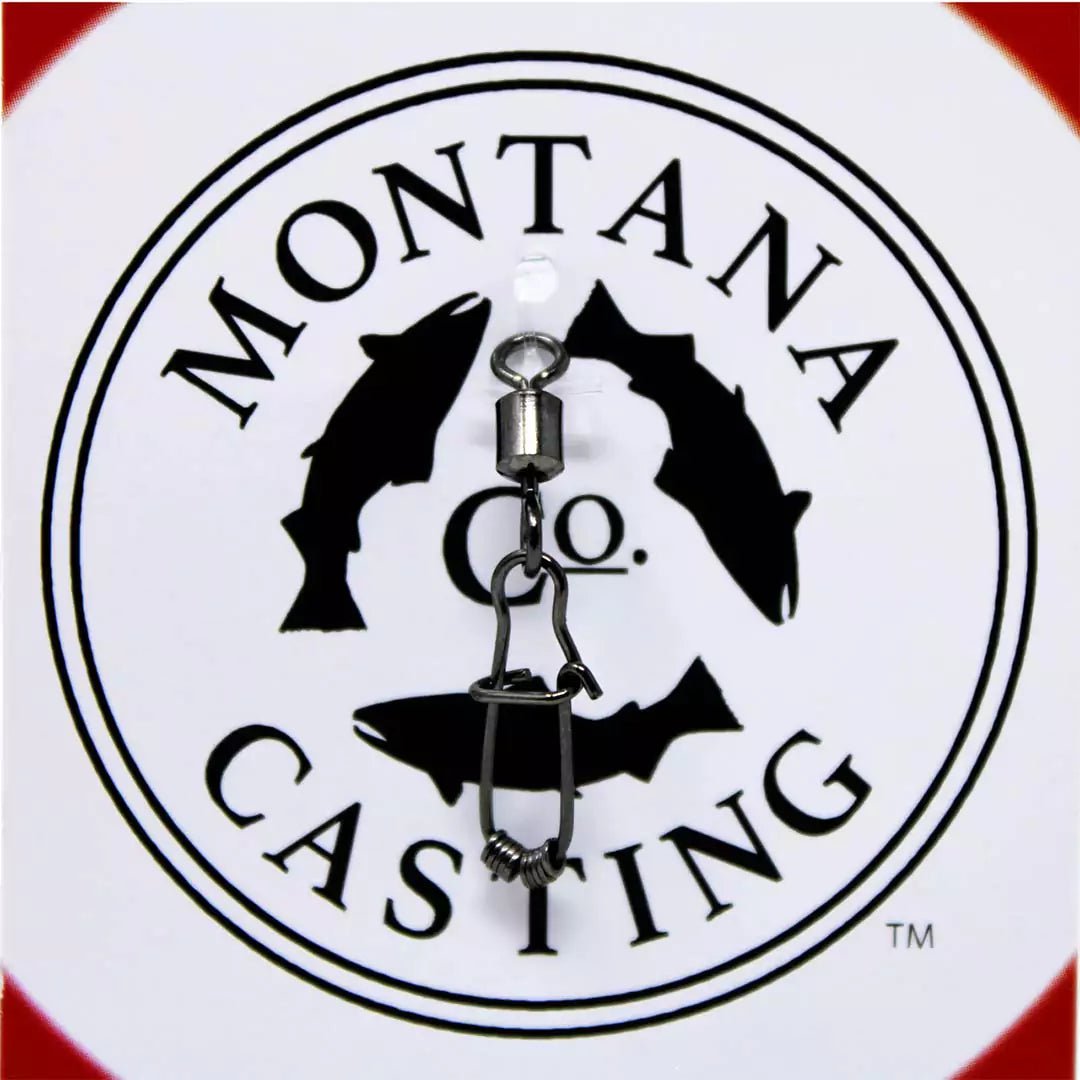
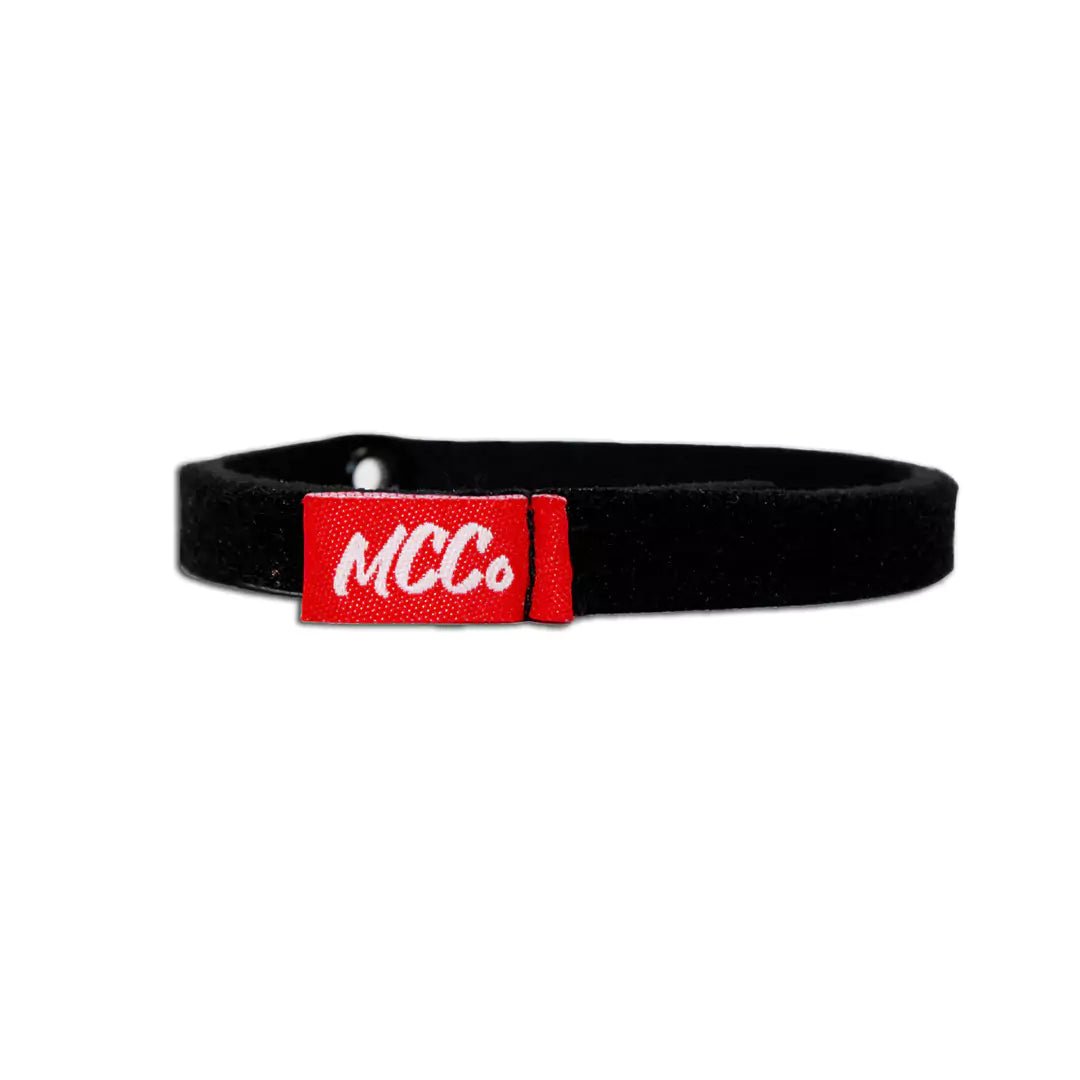
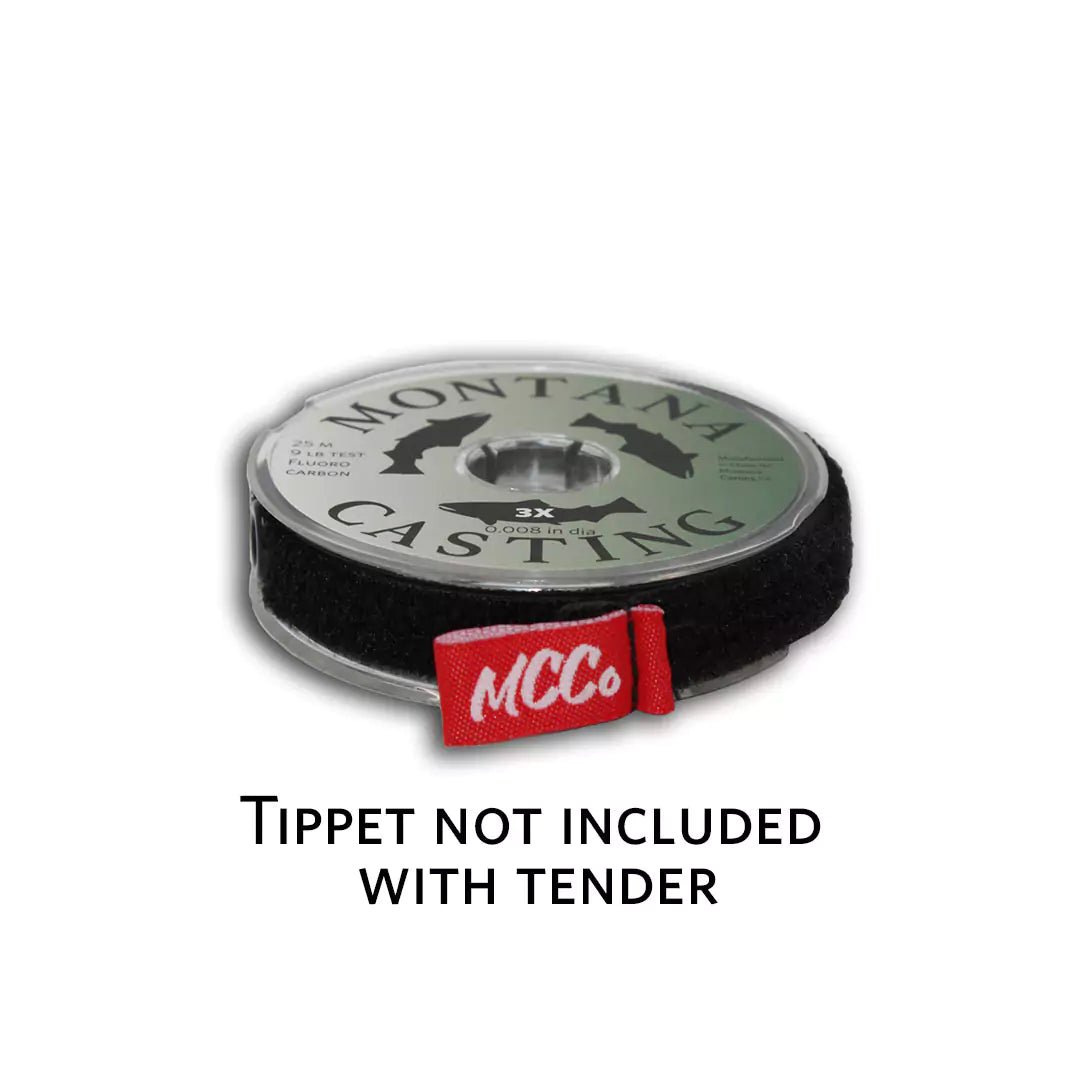
0 comments